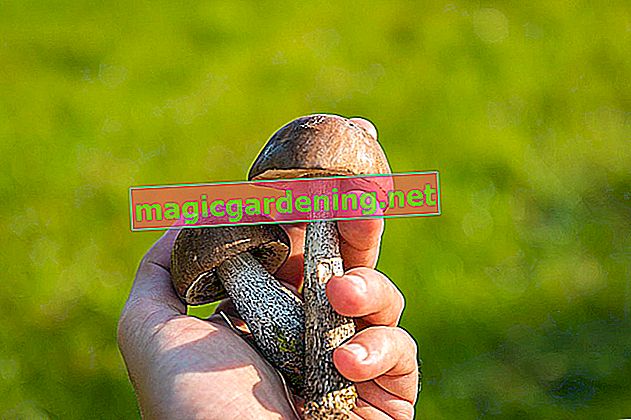
The pomegranate tree (bot. Punica granatum) is a deciduous, flowering wood with red-brown bark, glossy leaves and spherical fruits that consist of a large number of edible seeds. The pomegranate tree comes from Asia and can reach a very old age. It is a robust and easy to care for plant.
also read
- Pomegranate trees are not hardy
- Whichever small fruit tree fits into your garden
- Pomegranates also grow in Germany
Since Punica granatum is not winter hardy, the tree often only survives in temperate climates if it is moved to a cool and dark winter quarters after the leaves have been shed. The pomegranate tree is up to three meters wide and up to five meters high. The dwarf form is called Punica granatum Nana and only grows a maximum of one meter in height.
Types of cuts
Basically, as with most fruit-bearing trees, the following types of pruning are possible:
- shaping upbringing in the first few years after planting,
- Clearing cut after harvest or before winter rest,
- Rejuvenation cut in spring to encourage new growth.
Cut time
Pomegranate trees are usually cut in the fall, before the leaves are shed and the tree is taken to its wintering location. The shoots that are too long are shortened by a third or half and the crown is brought into the desired shape. The damaged, dried up, mutually disturbing or too thin branches should be removed.
In order to encourage flower formation, the cut should be made in early spring before new shoots. Before you boldly pick up the scissors, however, you should carefully observe the flowering behavior of your pomegranate tree. Some hobby gardeners report that pruning the pomegranate trees and bushes delayed flowering or that this did not happen after the cut.
Tips & Tricks
A pomegranate tree can also be raised as a high trunk through the targeted pruning measures. To do this, cut off the branches growing at the side until the desired height is reached. The subsequent strong pruning of the crown ensures that it branches out.








